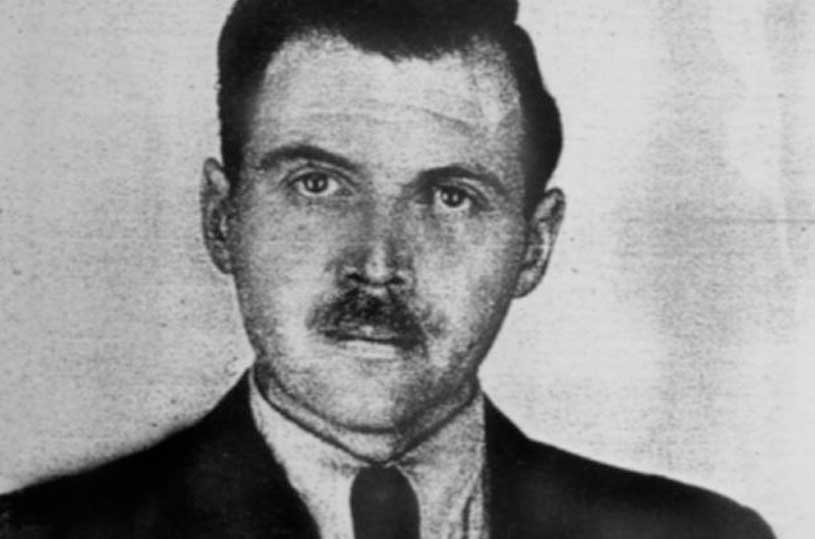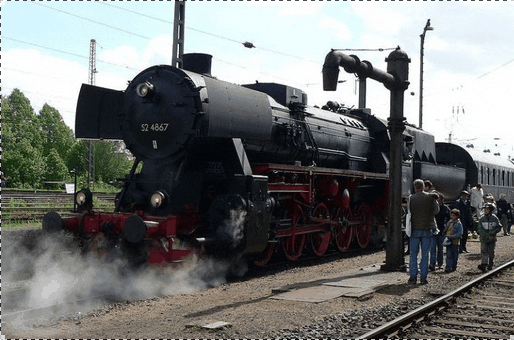Victor Frankl, the Holocaust survivor and world-acclaimed psychiatrist, makes the following observation in his work Man’s Search for Meaning: “We have come to know man as he really is. “After all, man is that being who invented the gas chambers of Auschwitz; however, he is also that being who entered those gas chambers upright with Hashem’s prayer of Shema Yisrael on his lips.” I cited this quote at a recent speaking engagement on behalf of an organization called Kapayim. Kapayim provides assistance and comfort to families dealing with catastrophic illness, and is manned exclusively by volunteers who are nothing short of heroic in their unflagging support and encouragement. The event I was addressing paid tribute to the families who had demonstrated Herculean strength and courage in confronting their awesome challenges, and the heartwarming help offered by the volunteers. I subsequently heard through the grapevine that although, on the whole, the audience had found my remarks inspirational, a few women took exception to Victor Frankl’s assignation of the term “man” to the Nazis, may their name be erased, who unleashed the most horrific evil upon our people. Victor Frankl recounts his heart-wrenching experiences in the camps with great poignancy. He describes not only the brutality of the SS guards, but with even greater pain , the cruelty of the kapos, the Jewish collaborators, which often exceeded that of their Nazi bosses.

Analysts of the Nazi strategy to utilize Jews to oppress their own brethren have commented on the diabolic genius of the Germans in the dehumanization of their victims. They understood that appointing Jewish kapos would be the most potent psychological weapon to break the spirit of the Jewish prisoners and hasten their demise. As intolerable as it was to suffer unspeakable savagery at the hands of the Nazis, the complicity of the kapos caused an agony that was beyond human endurance. It is hard to disagree with the objection of the women who felt that the appellations “man” and “Nazis” should not be uttered in the same sentence. Indeed, even calling them beasts would be an insult to animals. Animals kill only for utilitarian purposes, i.e., to satisfy their hunger. The Nazis murdered for no reason other than their virulent, satanic hatred of Jews. While my inclusion of the two terms together was taken from an excerpt of Frankl’s treatise, I apologize to those who found it offensive. Nevertheless, his point that the human being has both the capacity to soar to the greatest heights, or heaven forbid, to sink to the lowest depths of depravity, cannot be disputed or denied, and my point was to draw attention to the contrast between the two.Let us examine the historical excellence of the Jewish nation in rising to unparalleled spiritual heights. Our holy sefarim define mesiras nefesh as the capacity to go beyond the limits of one’s nature to the point of sacrificing one’s life. They expand this concept to mean not only dying al kiddush Hashem, but even more significantly, living al kiddush Hashem.
Our Sages explain that dying is a one-time sacrifice, but living for Hashem means transcending oneself constantly, a lifetime commitment to bringing nachas to our Creator in every expression and activity of life. Kapayim and many other magnificent organizations in the Jewish community, together with their inspired volunteers, are a testament to this phenomenon, and without question they constitute the highest order of mesiras nefesh. May Hashem bless all of them and those who support their efforts. It is essential that we recognize that the Jewish people are not only blessed with a rich list of heroes from the distant past, but are equally fortunate to be able to look to contemporary heroes who personified a quintessential mesiras nefesh. Rabbi Meir Schuster, z”l, who recently passed away, was one such individual. I am proud to claim him as our own.
It was in Milwaukee, with the Twerski family, that he found his path to Torah. He subsequently moved to Israel and established a wonderful family, with special kudos to his devoted wife who provided the support for his heroic avodas hakodesh. Reb Meir was single-handedly responsible for returning thousands of people to Torah and mitzvos. He was referred to by Rav Noach Weinberg, z”l, of Aish HaTorah as the paradigm of “the power of one.” Reb Meir’s vigil at the Kosel and the Egged bus station was a permanent fixture. His tall, lanky figure could be seen approaching the most unlikely candidates, inviting them to attend a Torah class or to join a frum family for a meal. Rejection was not an issue for him because his ego was non-existent. Reb Meir’s sole objective was to bring Hashem’s children back to their Heavenly Parent. He persisted with a genuineness that eventually won over even the most resistant of people. Reb Meir’s mesiras nefesh was not only evident in his indefatigable determination to save Jewish neshamos, but in the nature of the personal effort itself. This is so because objectively speaking, he would have been voted the least likely person to succeed at such an endeavor. Reb Meir, by nature, was painfully shy and perhaps even socially awkward. His sincerity, however, and his total lack of ulterior motives were the pivot of his great achievements. He was truly a legend in our times and an inspiring example of the capacity for transcendence that marks the human being at his finest. May his memory be blessed. Lest we entertain the illusion that the Kapayims and Reb Meir Schusters are rare exceptions in Jewish experience, the extraordinary contrasts of extreme righteousness and extreme evil, prevalent even amongst the common folk, remind us that we are all the repository of potential greatness, and that if we choose to exercise our capacity for mesiras nefesh we can all be a source of light and inspiration to the world.





